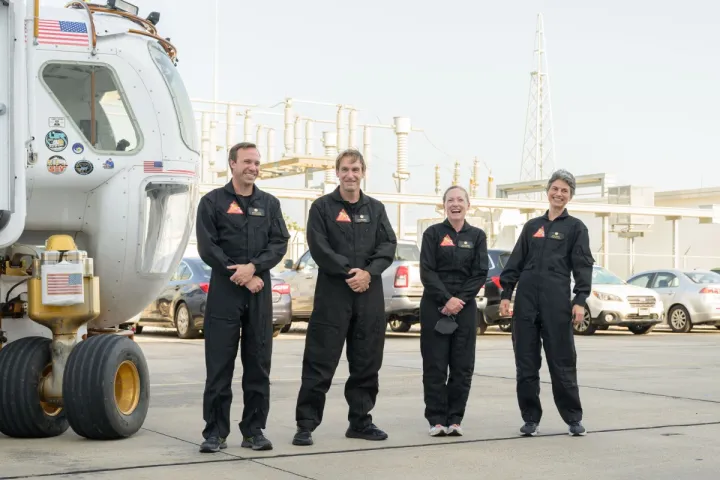If you’ve ever wanted to visit Mars, then NASA has an offer for you. Though the agency isn’t sending humans to the red planet quite yet, it is preparing for a future crewed Mars mission by creating a simulated mission here on Earth — and it’s looking for volunteers.
Simulated missions look at people’s psychological and health responses to conditions similar to what astronauts would experience on a deep space mission. In the case of the Mars mission, called Crew Health and Performance Exploration Analog or CHAPEA, the aim is to simulate a Martian environment using a 3D-printed habitat and a set of Mars-related tasks that crew members must perform.

The CHAPEA study had its first group of volunteers enter their 1,700-square-foot simulated Mars environment in June last year, where they will stay for a little over a year. And now NASA is recruiting another set of volunteers to join a future team.
“NASA is looking for healthy, motivated U.S. citizens or permanent residents who are non-smokers, 30-55 years old, and proficient in English for effective communication between crewmates and mission control,” NASA said in a release. “Applicants should have a strong desire for unique, rewarding adventures and interest in contributing to NASA’s work to prepare for the first human journey to Mars.”
The aim is to recruit crew members who would be similar to those who would go on a future Mars mission. So NASA is trying scientists, who have a master’s degree in a STEM field like biology, mathematics, or engineering, or pilots who have at least 1,000 hours of piloting experience.
The new set of recruits will enter the CHAPEA habitat in the spring of 2025 and will stay there for a full year. The role is paid, but it won’t be easy work, as crew members will have to deal with simulated challenges, which NASA says include ” resource limitations, equipment failures, communication delays, and other environmental stressors,” as well as handling day to day operations including “simulated spacewalks, robotic operations, habitat maintenance, exercise, and crop growth.”
If you’re interested in applying, the deadline is April 2, and you can apply via the CHAPEA website.
Editors’ Recommendations
Services Marketplace – Listings, Bookings & Reviews